Vehicle decisions today are often driven by a sea of spec sheets, charging graphs, efficiency curves, and MSRP calculators. But as any seasoned driver or skeptical road tripper will tell you, numbers only take you so far. A vehicle, especially a truck, is more than a sum of kilowatts and touchscreen pixels. It's about feel. It's about function. And sometimes the data it’s about falling in love with the one that just works better for you. That's where the Ford F-150 Lightning Flash quietly wins, even when up against a technical Goliath like the Silverado EV LT.
“After spending way too much time researching these two trucks, driving to dealerships to test drive the trucks and watching an unhealthy amount of YouTube videos, I figured writing it all down may help someone else make a similar decision.
Exterior:
This is subjective but I find the F-150 to be a better looking truck. The Silverado EV seems to be a little polarizing in its "avalanche" look but I think it looks nice, especially in the darker colors. The Silverado has 5" more bed length but the 5 1/2' bed of the F-150 works fine for what I need. Most of what I would put in the back that wouldn't fit in a 5' 6" bed wont fit in a 5' 11" bed either. The F-150 Lightning has a better frunk (14.1 cu ft vs 10.7'). I didn't know how much I would notice but its immediately obvious in person. I tested it and my golf clubs fit in the frunk of the F-150 Lightning. There is no chance they would fit in the Silverado. That is not a deal break by any means, its just very handy having easily accessible, secure storage space.
Interior:
The Silverado steering wheel felt a little nicer in my hands, and I preferred how the screens are setup in landscape across the dash vs the F-150 having the tablet style. I found navigating the options for the Silverado to be easier and more intuitive with the options I was looking for just a single screen press away or an actual button or knob. The Ford I spent just a little more time getting to what I wanted but I did really like the multi-function dial and once I get used to it, there wasn't anything aggravating about the layout. The front seats of the Silverado LT are ventilated, which the Flash doesn't have as an option. If you want ventilated seats, you need to upgrade to the Lariat, which, for everyone in my area, was over $80,000 and wouldn't get the $7,500 tax credit. The rear seats are also heated in the Silverado EV LT which was a big pro for my oldest daughter. My daughter did find that the back seat of the Ford F-150 Lightning was more comfortable, especially the middle seat. My teenage daughter sat in the back middle seat of the Silverado during our test drive, and after 10 minutes was already mentioning how it wasn't comfortable. She also mentioned that the air conditioning worked better in the F-150 in the back and didn't think the Silverado pushed enough cooling to her (it was 90 degrees when we took them for back to back test drives). She also preferred the door storage of the F-150 in the back. Both of the trucks had a ton of space, like a cavernous amount of space. I couldn't really tell you which had more room, its like asking what desert has the most sand. I would just say who cares, its plenty for both.
Drive:
This one was one of the bigger differences for me. The F-150 just felt better to drive. In a straight line the Silverado felt really solid and smooth but you could feel the weight of the truck when you turned. It's hard to explain the sensation as it wasn't body roll, you could just feel the mass resisting going in another direction. In a straight line I think the Silverado EV felt just a hair better at eating up the crappy roads in Michigan but the F-150 still was great. My daughter in the backseat told me she felt that the F-150 road better vs the Silverado. The F-150 was also more responsive with acceleration. The Silverado EV when you hit the gas the weight shifted substantially more to the rear and you felt the truck squat onto the rear wheels where the F-150 felt much more level and immediate. I think that is again a factor of the extra weight from the huge battery. If you do a lot of highway driving you may prefer the Silverado.
Range/Charging:
The range is one of the big things the Silverado EV LT has over the F-150 Lightning Flash but I don't think the trade off for me is worth it. That range comes at a significant weight cost (and price increase) and I think it really messes with the driving dynamics of the truck. If you tow a lot I could see it being a big benefit, but for me and the mileage I do, the weight and cost isn't worth it. The charging on the other hand is. The Silverado EV LT just charges better, significantly better (350 kWh vs 182 kWh). Not all chargers can do 350 kWh, though. The Tesla V2 can do 150 kWh, the V3 250 kWh and only the newest V4 can do 350 kWh. A lot of the chargers in my area can handle the higher speeds of the Silverado though.
Cost:
I was able to get the F-150 Lightning Flash for $10,000 less than the Silverado EV LT with the current deals I was able to get. The deals for the F-150 Lightning Flash, at least around me, are better than what I could get for the Silverado EV. It would have been even more unbalanced if I didn't qualify for the GM family discount. Edit: I forgot to mention that the insurance was $173 more annually for the Silverado than the Ford.
Conclusion:
The two trucks are both really good and for some people I think the $10,000 premium for the Silverado EV would be worth it. The biggest strength of the Silverado EV LT is its range and charging speed which are lower on my priority list. My commute is relatively short and if I have to drive around for work it's usually less than 100 miles. The Chevy EUV I traded in has a similar range to the F-150 and I only ever fast charged it one time in 2 1/2 years. I will likely take the F-150 Lightning on family trips but we usually stay in state which makes the charging a non-issue. If I did a lot of cross country travel, towed long distance or drove more for work maybe I would have made a different choice. In the end ventilated seats and range and charging I will rarely use wasn't worth the $10,000 price difference. That coupled with me preferring how the F-150 drove any my kids feeling more comfortable in the backseat and it was just a lot of little things that added up.”

User DK-Drizzle, another owner with 26,000 miles behind the wheel of his Lightning, summed it up: “Do I wish the Ford had 80+ more miles of range? Yes… But the reality of my long-term driving assessment is that those items are so trivial, it isn’t worth the trade-off on everything else.” This is not someone ignoring specs. It’s someone who understands them and knows which ones matter once the honeymoon is over and the truck is dirty, kids are loud, and real life is calling.
Ford F-150 Lightning vs Tesla Cybertruck: Performance, Towing & Price Comparison
- The Lightning with extended-range battery (580 hp) and the AWD Cybertruck both achieve 0–60 in about 4.0 seconds; both are close in real‑world acceleration
- Lightning maxes at 10,000 lb (10 k lb) while Cybertruck goes up to 11,000 lb. Lightning offers additional hauling tech like onboard scales and smart hitch; the Cybertruck edges it out slightly on raw towing spec
- Lightning features a conventional design with spacious rear seating, a 15.5-inch touchscreen, Apple CarPlay/Android Auto, and excellent outward visibility. Cybertruck features futuristic stainless-steel construction, an 18.5-inch touchscreen, Tesla Autopilot, but rear seats are firmer and visibility is more restricted.
- Lightning starts around $65k; the AWD Cybertruck begins near $102k. Reviews often conclude the Lightning delivers more practical value, versatility, and family-friendly features for less money, whereas the Cybertruck offers standout design and supercharger access.
Make no mistake: the Silverado EV LT is an impressive machine. 350 kW charging, a massive Ultium battery, and a tech-heavy cabin are all undeniably forward-thinking. But in the corners, in traffic, in the reality of roads pockmarked by Michigan winters, the Ford drives with more composure. “The Silverado felt really solid in a straight line,” wrote Known_University2787, “but you could feel the mass resisting going in another direction.”
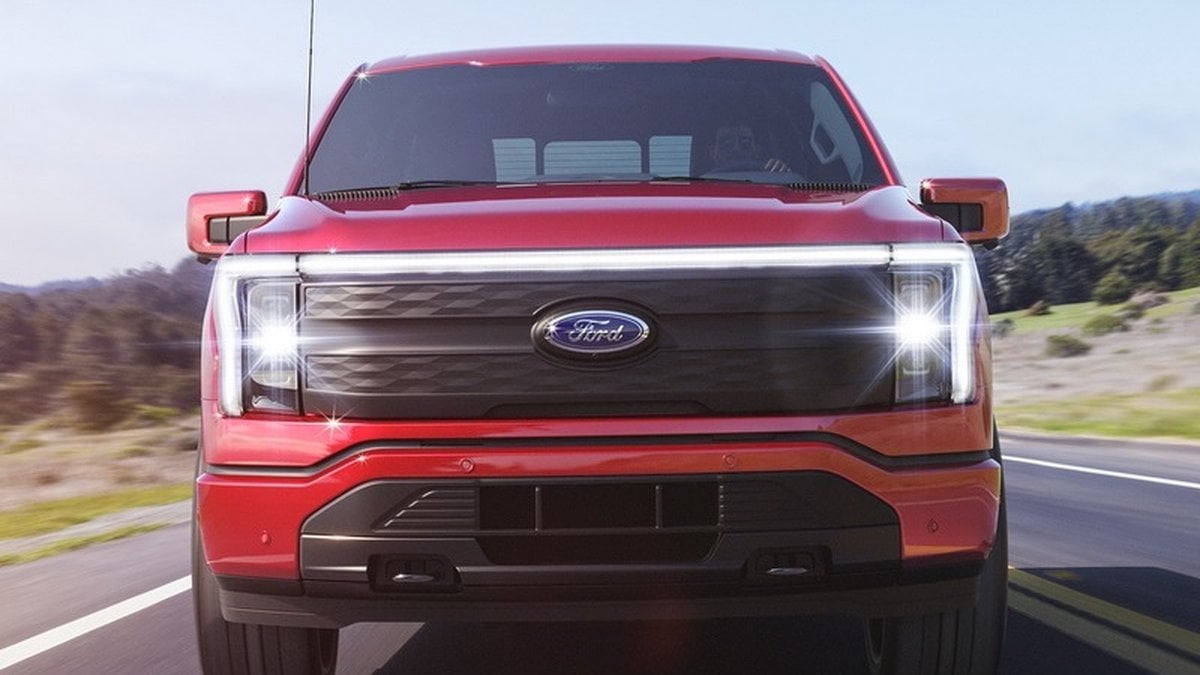
The Lightning, by contrast, kept its center of gravity in check, rode confidently, and responded with more immediacy, both at the pedal and through the chassis. Call it a more honest truck, one not pretending to be a spacecraft.
Ford F-150 Lightning vs Chevrolet Silverado EV: Body-on-Frame vs Unibody Architecture Breakdown
The architecture matters here. The Silverado rides on a unibody platform, great for EV packaging and efficiency, but less ideal when the fender bender turns into a totaled vehicle. “Silverado is a unibody truck. The F-150 is body-on-frame,” noted Redditor iamkeerock. That traditional construction gives the Ford not just better repairability, but a more rugged, rooted feel. Vituperousnessism chimed in to remind us that many Lightning parts carry over from the gas F-150, meaning easier maintenance and parts sourcing. In short: this truck isn’t just electric, it’s practical and built to take a hit.
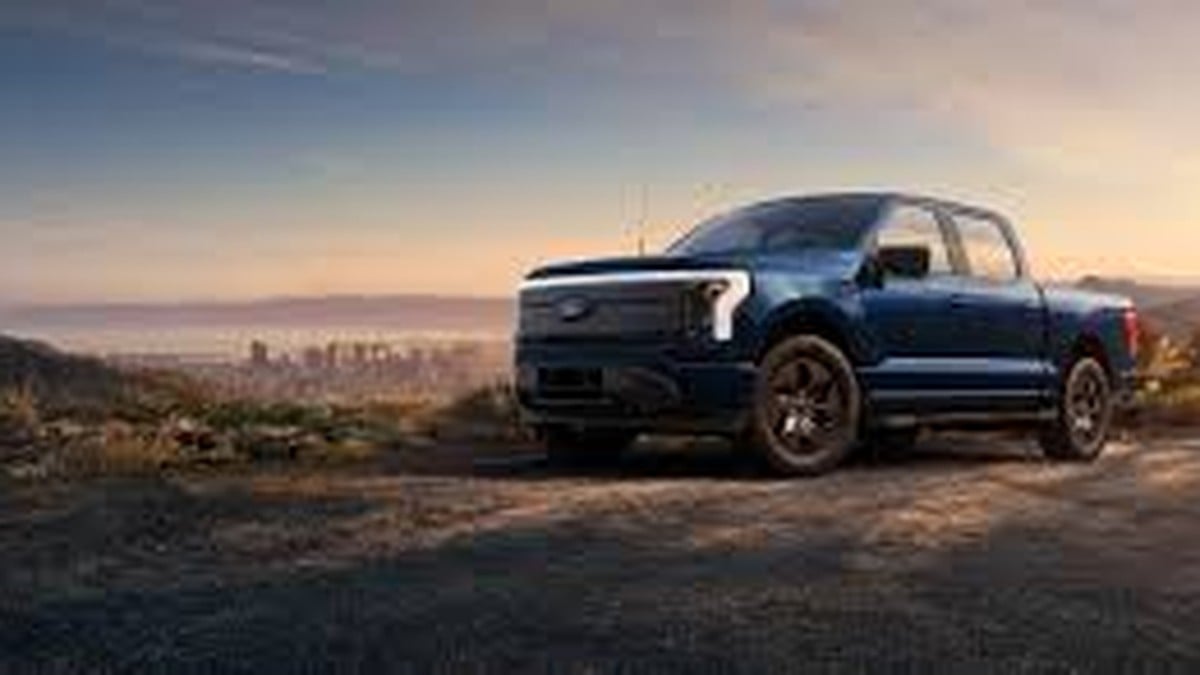
Inside the cabin, things aren’t so black and white. Yes, the Silverado’s landscape-oriented screen setup is more elegant to the eye, and its ventilated front seats and heated rears add a level of luxury Ford doesn’t offer at the Flash trim. But user Known_University2787 reported that his teenage daughter found the rear seat of the Ford more comfortable, better cooled, and more livable overall. These are the little things, the ones you won’t find in a brochure, but will discover ten minutes into a summer drive with a full cab. As he put it: “It was just a lot of little things that added up.”
Ford F-150 Lightning Flash Specs: Power, Towing Capacity, Dimensions, Range & Frunk Capacity
- Dual electric motors producing 452 hp (standard battery) or 580 hp (extended battery), with an estimated 0–60 mph time in the mid‑4‑second range
- Up to 7,700 lb in XLT/Lariat/Platinum trims; with the Extended‑Range battery and Max Trailer Tow package, it can tow up to 10,000 lb
- Overall length approximately 232.7 in, width 80 in (96 in including mirrors), height 78.3 in, wheelbase 145.5 in, bed length 67.1 in, ground clearance 8.4 in
- EPA-rated driving range of up to 240 mi (standard battery) or 320 mi (extended range), generating 775 lb‑ft of torque
Even the Lightning’s now-iconic frunk (14.1 cu ft) becomes a decisive feature. Golf clubs fit in the Ford’s front trunk, but not in the Chevy’s. It’s a seemingly trivial difference, until you realize how often you’re looking for secure, dry storage that doesn’t require climbing into the bed. These subtle advantages, plus a $10,000 lower transaction price in this case, pushed the Lightning into the winner’s circle. “If I did a lot of cross-country travel, towed long distance or drove more for work maybe I would have made a different choice,” wrote the Redditor. “But it was just a lot of little things that added up.”
The F-150 Lightning isn’t trying to shock the world with outlandish design or moonshot specs. That’s Tesla’s lane. It isn’t trying to reinvent the truck from the ground up like Chevy either. What Ford has done is take the most American vehicle on the road and electrify it without making it feel like a science project. That’s no small feat. It’s the kind of decision-making that doesn’t just win over early adopters, it brings everyone else along for the ride. Because sometimes love doesn’t follow a spreadsheet. Sometimes, it follows a Lightning bolt.
Image Sources: Ford Media Center
Noah Washington is an automotive journalist based in Atlanta, Georgia. He enjoys covering the latest news in the automotive industry and conducting reviews on the latest cars. He has been in the automotive industry since 15 years old and has been featured in prominent automotive news sites. You can reach him on X and LinkedIn for tips and to follow his automotive coverage.


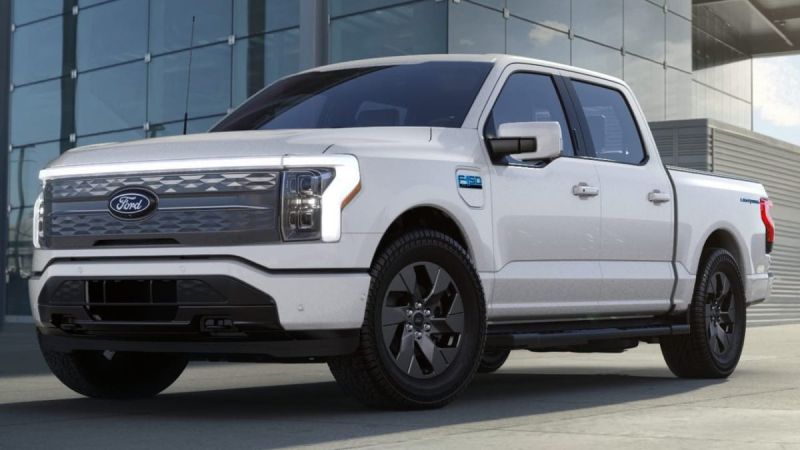




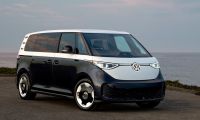

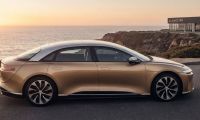

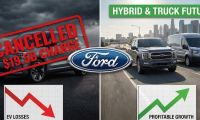
Comments
I wish the Ford had just a…
Permalink
I wish the Ford had just a little bit more battery but I really wish Ford would push the charging speeds. That pack is so babied with those flow charging speeds it's just silly. Double the pack voltage during charging similar to GM and let it rip.
Slow charge speeds in…
Permalink
Slow charge speeds in conjunction with less range was a killer for me. Totally worth the $10K (over 8-10 yr predicted ownership, about $100/mo) to have the capability. But it's true, everyone's priorities are different.